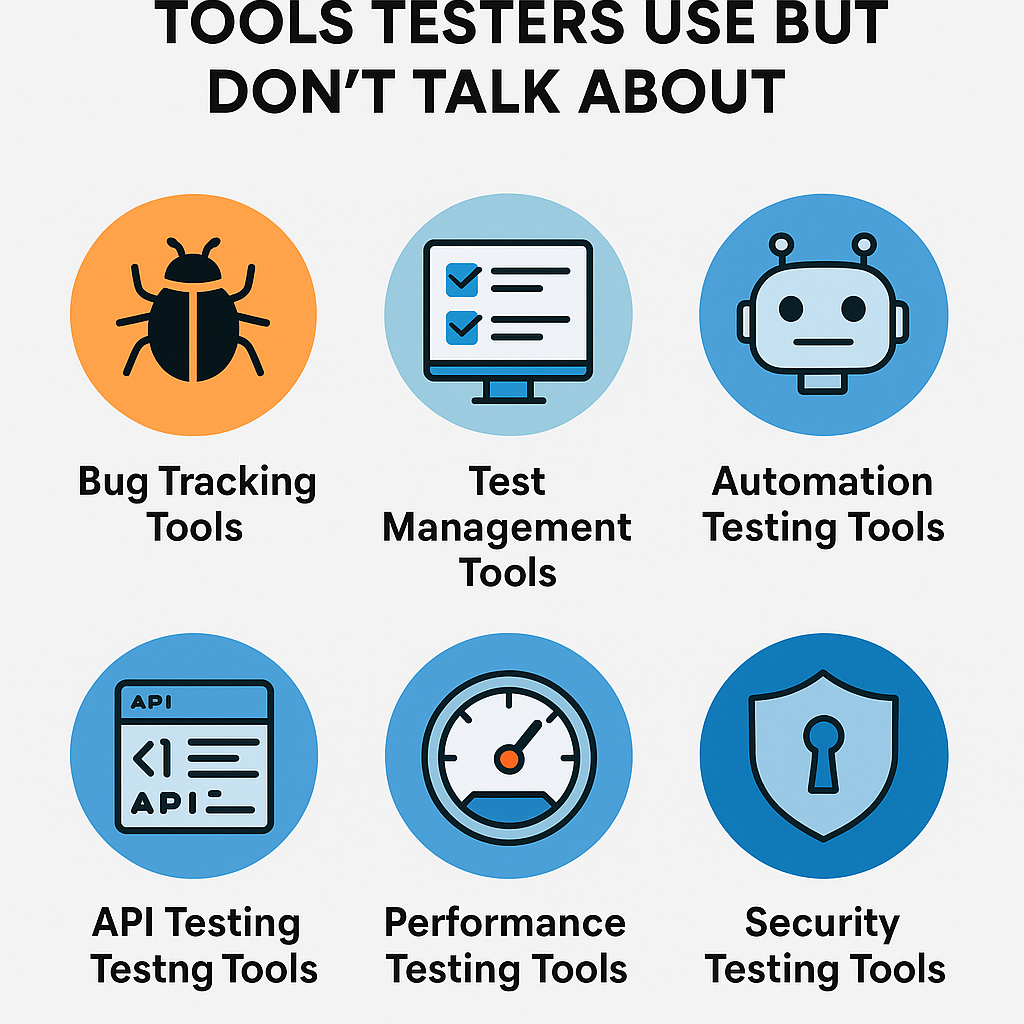Introduction: Why Test Scenarios Matter in Manual Testing
Manual testing remains a fundamental component of software quality assurance, ensuring that applications meet user expectations through hands-on validation. Test scenarios are an essential part of manual testing, providing a roadmap for discovering and resolving defects effectively.
This article explores the importance of test scenarios in manual testing, provides actionable best practices, and provides real-world examples to enhance your understanding. If you’re looking to deepen your expertise, explore our Manual Testing Training to master the essentials of QA.
What Are Test Scenarios in Manual Testing?
A test scenario is a high-level idea of what needs to be tested in an application. It serves as a foundation for writing detailed test cases and ensures comprehensive coverage of system functionalities.
Why Test Scenarios Are Essential
- Clarity and Focus: They help QA teams focus on critical functionalities.
- Enhanced Collaboration: Test scenarios can be reviewed and validated by stakeholders.
- Comprehensive Coverage: They ensure no feature or functionality is left untested.
Also read Test case, Test Plan
Steps to Create Effective Test Scenarios
1. Understand Application Requirements
Review all relevant documents, including:
- Business Requirements Specification (BRS).
- Functional Requirements Specification (FRS).
- Use cases and user stories.
2. Identify User Flows
Map out key user interactions within the application, such as:
- Navigating through the login process.
- Completing a purchase in an e-commerce app.
- Submitting a contact form on a website.
3. Explore Edge Cases
Consider scenarios where users deviate from the expected workflow. For example:
- Entering invalid data in mandatory fields.
- Navigating away from a page without saving.
4. Prioritize Scenarios Based on Risk
Focus on high-impact areas, such as payment processing or user authentication, which are critical to application functionality.
5. Collaborate and Validate
Share your test scenarios with stakeholders, including developers and project managers, for feedback and alignment.
Also read Test cases for Payment gateway process
Examples of Test Scenarios in Manual Testing
Login Module Scenarios
- Verify login with valid credentials.
- Test login with incorrect passwords multiple times.
- Check password reset functionality.
- Verify session timeout after inactivity.
E-Commerce Application Scenarios
- Validate the search functionality with different keywords.
- Test the process of adding items to the cart and checking out.
- Verify payment gateway integrations with different payment methods.
- Check the behavior of the application during high traffic.
Mobile Application Scenarios
- Verify functionality across devices with different screen resolutions.
- Test application behavior under poor network conditions.
- Validate the performance of push notifications.
Best Practices for Writing Test Scenarios in Manual Testing
1. Focus on User Perspective
Write scenarios from the end-user’s viewpoint to identify real-world issues.
2. Keep It Simple and Clear
Ensure that scenarios are concise and easy to understand.
3. Avoid Redundancy
Each scenario should test a unique functionality or user flow.
4. Include Negative Scenarios
Test for unexpected inputs or user behaviors to uncover potential defects.
5. Combine Functional and Non-Functional Testing
Incorporate both usability testing and performance testing scenarios.
Common Challenges in Writing Test Scenarios
1. Overlooking Negative Scenarios
Focusing only on positive paths can lead to missed defects in edge cases.
2. Ambiguity in Requirements
Unclear requirements can result in incomplete or inaccurate test scenarios.
3. Lack of Collaboration
Without stakeholder input, critical scenarios might be overlooked.
Why Manual Testing Still Matters
Even in the era of automation, manual testing plays a crucial role in:
- Validating usability and user experience.
- Identifying defects that automated tests might miss, such as visual inconsistencies.
- Testing scenarios that require human judgment and intuition.
Automating Test Scenarios: When and Why?
While manual testing is indispensable, some scenarios can benefit from automation for efficiency and consistency. Tools like Selenium can be used to automate repetitive tasks, freeing up testers to focus on exploratory testing.
👉 For hands-on training in automation, check out our Selenium Certification Training to learn how to automate test scenarios effectively.
Sample Test Scenarios
User Registration Workflow
- Verify registration with valid inputs.
- Test registration with missing mandatory fields.
- Validate the behavior when entering an already registered email address.
- Check the application’s response when registration is interrupted (e.g., loss of internet connection).
Search Functionality
- Verify search results for valid keywords.
- Test search functionality with special characters.
- Validate search results sorting by relevance or price.
File Upload Feature
- Test uploading supported file formats.
- Verify error messages for unsupported file formats.
- Check file size limitations during uploads.
Conclusion: Elevate Your QA Skills with Manual Testing
Test scenarios are the building blocks of effective manual testing. By crafting comprehensive, user-focused scenarios, QA professionals can identify critical issues and ensure software quality. With proper training and experience, you can master the art of writing impactful test scenarios.
Ready to advance your testing skills? Enroll in our Manual Testing Training and gain the knowledge you need to excel in QA.












